0 Comments
It is necessary to be careful about blood pressure from the time when menstruation is irregular before menopause.
The important substance for menopausal women is NO (Nitrogen monoxide) which is secreted from endothelial cells which line the inside of every blood vessel in the body. NO has the function to protect the body from high blood pressure. NO affects smooth muscles of blood vessels and makes blood vessels larger and flexible. In addition, NO affects the kidneys and makes the kidneys easily excrete salt. NO prevents high blood pressure with two effects which are enlargement of blood vessels and excretion of salt. If NO is secreted profusely even after menopause, the function of the kidneys gets better, resulting in excreting salt sufficiently with urine. How can we increase the secretion of NO? Raising the core body temperature by 1 degrees C (1.8 degrees F) increases NO. If you raise the core body temperature by 1 degrees C by taking a bath, the amount of blood flow in the whole body increases and the blood flow becomes faster. Endothelial cells in blood vessels are stimulated by the faster blood flow, secreting NO profusely. What kind of bathing raises the core body temperature by 1 degrees C? The bathing method is soaking in a bath water which temperature is comfortable (about 41 degrees C (106 degrees F)) for 5-10 minutes up to the shoulders. The sign that the core body temperature rises by 1 degrees C is sweating on the face (Fig. 1). Verification of the bathing method to raise the core body temperature One of the six women (48 years old) could only excrete 5 grams of salt with urine out of 10 grams of salt she consumed a day. Salt not excreted with urine is stored in the body and she run a risk of having high blood pressure at any moment. Her NO secretion was checked by FMD test (Flow Medical Dilation Test) and it was 5.8 % which was less than reference value 6 %. She usually soaks in 42 degrees C water for 5 minutes. Her core body temperature increased by 0.6 degrees C which is less than required elevation of the core body temperature (1 degrees C) to increase NO. She tried the above bathing method for a week and then took 10 grams of salt a day from three meals and how much salt was excreted with urine was measured. The amount of salt she could excrete was 8.8 grams (more than 8 grams is normal) and NO secretion was 6.3 % (reference value: more than 6 %). She could improve salt excretion and NO secretion within a week by taking a bath the way described above. There are women who easily stores salt in the body.
The biggest cause of high blood pressure is over consumption of salt. Women who can’t easily discharge salt from the body When we take salt, about 20 % of it is discharged from the body as sweat and others. The remaining 80 % is all discharged from the kidneys with urine after a certain period of time. Since a type of women can’t discharge salt with urine, she has high blood pressure without over consumption of salt. 9 women (age of 40-60) checked the amount of salt in the urine for 24 hours taking 3 same meals containing total 10 grams of salt. If more than 80 % of salt which is more than 8 grams of salt is contained in the urine they discharged for 24 hours, she is diagnosed as normal. If it is less than 8 grams, she is diagnosed to easily store salt in the body. As a result of the experiment, it turned out that 6 out of 9 women easily stored salt in the body. the blood pressure of a woman whose discharge was normal returned to the original 60 minutes after a meal, but the blood pressure of the woman whose discharge of salt was less than normal took more than 2 and a half hours to return to the original blood pressure. So the state of high blood pressure continued for more than 90 minutes. All 6 of them had this kind of abnormal blood pressure after a meal. (Fig. 1) The common point among the 6 women is that they have been menopaused. There is postmenopausal hypertension which is high blood pressure after menopause. Before menopause, estrogen which is a type of female hormone is secreted a lot from the ovaries. Estrogen encourages menstruation. In addition to that, estrogen activates the function of the kidneys discharging urine. So before menopause, even if salt consumption is too much, the activated kidneys discharge the salt immediately with urine so that salt is not easily stored in the body. But after menopause, once the secretion of estrogen decreases significantly, the function of the kidneys lowers remarkably and salt is not able to be discharged very well. The state of high blood pressure continuing for a while after a meal is caused by menopause. Why does blood pressure rise?
The most well-known reason is salt. Why does taking too much salt cause high blood pressure? There are many small holes in the blood vessel. Water comes and goes between the blood vessel and the cell through the holes. Salt controls the amount of the water. Salt has the function to draw water, so if there is proper amount of salt in the blood, the amount of water in the blood becomes proper, maintaining normal blood flow. But if the amount of salt in the blood is too much, the amount of water drawn to salt increases and the amount of blood also increases. As a result, the pressure on the wall of the blood vessel gets higher. This is the state of high blood pressure caused by taking too much salt. But there are other causes of high blood pressure such as smoking, obesity, aging or lack of exercise. Quiz about high blood pressure It is known that high blood pressure is related to the person’s character. The person who tends to have high blood pressure has a specific way of sitting chairs. Q1. Which is the way of sitting chairs done by a person whose character leads to high blood pressure? (A) Sitting on the edge of the chair (B) Sitting back leaning to the backrest A1. (A) Sitting on the edge of the chair While (B) is a state of being relaxed with sitting back leaning to the back rest, (A) is a state of being restless that the person can move quickly any time sitting forward. This kind of person is called Type A whose characters are positive, active, irritated and restless. Since the person of Type A easily builds up stress, high blood pressure occurs, resulting in heart diseases. According to an experiment using simulated heart, in the case of healthy blood vessel, it pumps up water to 2 m high, but in the case of blood vessel with blood pressure 200 mmHg, it pumps up water 4 m high (Fig. 1). So the pressure becomes twice as high as healthy blood vessels’. If this high pressure always pushes the blood vessel, it is quite natural that the blood vessel become hard. Q2. Which disease does a person with high blood pressure tend to have? (A) Dementia (B) Breast cancer A2. (A) Dementia Progression of high blood pressure damages the blood vessels in the brain. Cholesterol invades there, producing plaques. If the plaques become big and stop the blood flow in the brain, it becomes difficult to deliver nutrition to the brain cells. As a result, the function of the brain cells becomes weaker and cerebrovascular dementia occurs. According to a research, a person with high blood pressure is 3.5 to 5 times as likely to develop cerebrovascular dementia, compared to a normal person. It is important to check your blood pressure regularly. Q3. When is the best timing to check your blood pressure within a day? (A) Right after you wake up in the morning (B) Right after you eat lunch (C) Right after you take a bath in the evening A3. (A) right after you wake up in the morning Blood pressure is up and down within a day. Blood pressure gradually goes up from before waking up and it becomes the highest in the afternoon. After that, it gradually goes down and becomes the lowest during sleep. When you eat something, blood pressure goes up and when you take a bath, it goes down. Blood pressure changes depending on the daily activities. So the time right after you wake up in the morning is suitable to check your blood pressure under the same condition without being influenced by various activities. If you are worried about high blood pressure, it is recommended to check your blood pressure twice a day when you wake up and when you go to bed at the same time. There are people whose neutral fat and LDL cholesterol are normal but arteriosclerosis is progressed.
When you have a blood test, blood is taken and the blood is centrifugalized. The centrifugalized blood has three parts which are separated to serum and blood cells. If your neutral fat is within the reference value, the serum is yellowish and clear. If it exceeds the reference value, the serum becomes white and cloudy. Postprandial hyperlipidemia When you eat something, fat is absorbed from the small intestines and changes to neutral fat and is delivered to the whole body by the blood. So everybody’s neutral fat after a meal increases to some extent. But as soon as neutral fat starts to increase, a substance decomposing neutral fat called Lipoprotein Lipase (LPL) is secreted. If you are healthy, even if neutral fat increases after a meal, LPL decomposes the neutral fat immediately. So healthy person’s neutral fat doesn’t exceed the reference value even after a meal. But if the function of this enzyme (LPL) becomes weak, the decomposition after a meal can’t catch up with the increase of neutral fat and the measured value exceeds the reference value. Serum which was clear when it was taken before a meal becomes cloudy after a meal. In addition, if you take a next meal before the elevated neutral fat doesn’t go down, the value of neutral fat goes up again and the condition that neutral fat is always high continues all day. Why isn’t it found at the usual medical examination? In the case of the usual medical examination, the blood is sampled without eating anything after dinner of the previous night, so neutral fat value returns to the normal range during sleep. If high neutral fat state continues all day, the wall of the blood vessels is damaged and LDL cholesterol forms plaques, resulting in the progression of arteriosclerosis. What type of people tend to have postprandial hyperlipidemia? People whose weight has gained compared to they used to tend to have postprandial hyperlipidemia. What is the cause of postprandial hyperlipidemia? That is visceral fat. Visceral fat is easily affected by meals and exercises. People who gained weight compared to they used to have high possibility that they have visceral fat. People with a lot of visceral fat tend to have postprandial hyperlipidemia. Why does visceral fat cause postprandial hyperlipidemia? Because it is difficult for people with a lot of visceral fat to decompose neutral fat. Increase of visceral fat makes the function of neutral fat decomposing enzyme lower leading to increase of neutral fat. If your neutral fat is high at the usual medical examination, the one after a meal is much higher. But the progression of arteriosclerosis can be about the same as people who have postprandial hyperlipidemia. How to improve postprandial hyperlipidemia easily 1.Eat water soluble dietary fiber first. Water soluble dietary fiber is rich in sticky food such as natto (fermented soybeans), okra, nameko mushrooms or yamaimo yam and seaweeds such as seaweed laver, kelp, wakame or agar and root vegetables such as daikon radish, calotte or burdock. Water soluble dietary fiber changes to gel after absorbed in the intestines and attaches to the inner wall of the intestines suppressing the absorption of fat that you eat later. In addition to that, water soluble dietary fiber activates Lipoprotein Lipase (LPL) which decomposes neutral fat. So if you eat water soluble fiber first, you can suppress the sudden elevation of neutral fat after a meal. 2.Walking between 30 minutes and 1 hour after a meal for 10 minutes. Fat taken from a meal becomes neutral fat and flows into blood stream between 30 minutes and 1 hour after a meal. If you do aerobic exercise at that time even if it is for 10 minutes, you can suppress the amount of neutral fat effectively. The above two methods improve postprandial hyperlipidemia and prevent the accumulation of neutral fat in the body, leading to decrease of visceral fat. 58 years old female whose neutral fat after a meal was high tried the above two methods for a week. Her blood sample became clear (Fig. 1) and neutral fat 2 hours after eating changed from 164 to 68. The amount of visceral fat decreased by 10 % (Fig. 2). 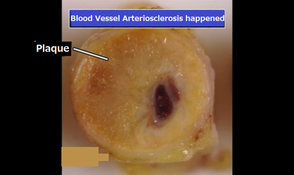 Arteriosclerosis is hardening thickening of blood vessels by age, causing various life-threatening conditions. There are various causes such as aging, obesity, stress, smoking or lack of exercise, but the major cause is dietary life. Especially fat becomes a big risk factor of arteriosclerosis. Arteriosclerosis Quiz Q1. Which person tends to have arteriosclerosis? (A)A person who likes fried food (B)A person who likes fatty part of meats A1. (B) A person who likes fatty part of meats Why does a person who likes fatty part of meats tend to have arteriosclerosis? There are vegetable fat such as sesame oil or canola oil often used for fried food and animal fat contained in fatty part of meats. Animal fat more easily changes to neutral fat than vegetable fat in the liver. Neutral fat is an important energy source for us to live. Neutral fat is delivered to the whole body containing in a container. At that time, LDL cholesterol rides together in the same container. Neutral fat and LDL cholesterol are in the ratio of 4:1. But if you take too much animal fat causing too much neutral fat, more neutral fat comes into the container, the space left for LDL cholesterol in the container becomes small. That downsizes LDL cholesterol. When the downsized LDL cholesterol comes to blood stream, it invades small wounds on the walls of blood vessels where usually can’t be invaded. The invading downsized LDL cholesterol starts to form plaque and it gradually becomes bigger. Fig. 1 shows a blood vessel that arteriosclerosis happened. Taking a lot of animal fat increases neutral fat and downsizes LDL cholesterol, leading to the progression of arteriosclerosis. What increases neutral fat is not only animal fat. Q2. Which increases neutral fat when you eat too much? (A)Soba (Buckwheat noodles) (B)Udon (Wheat noodles) A2. (B) Udon (Wheat noodles) Sugar contained in carbohydrate is one of the things which increases neutral fat. Both Soba and Udon are carbohydrate. Why does Udon increase neutral fat? Sugar contained in Udon is absorbed faster in the small intestines than the sugar contained in Soba. If you eat too much Udon, sugar in the blood rapidly increases a lot. The surplus sugar which was not consumed as energy in the body goes to the liver and increases neutral fat. As a result, if the plaque formed in the blood vessel breaks, blood vessel is blocked and the blood flow stops, possibly causing serious condition such as heart attack. If you are worried about arteriosclerosis, what should you be careful about? Q3. Which action more easily breaks plaque? When you enter a cool room after you were under the brazing sun, (A)Drinking beer (B)Smoking a cigarette A3. (B) Smoking a cigarette The biggest trigger that bursts the plaque likely to burst is sudden contraction of the blood vessel. When you enter the air-conditioned room from the outside under the brazing sun, the cool air contracts the blood vessel. At that time, if you smoke a cigarette, the blood vessel is contracted more. The speed of the blood flow becomes faster and by that stimulation, plaque gets ruptured. That makes the possibility to have heart attack or other serious condition higher. It is getting hot!
In the beginning of summer, it is difficult for our body to adapt to sudden elevation of the temperature because our body has not been used to it. So we have more possibility to have heat stroke. You may think that heat stroke only happens when you are outside on a hot day, but even if you are in the air conditioned room, you have a risk to have heat stroke because the temperature near the window is as high as the one outside. What happens when we have heat stroke? The lightest symptom is heat syncope which is fainting or dizziness as a result of overheating. Why does heat syncope happen when you have heat stroke? When your body temperature elevates due to the heat, blood flow on the surface of the skin increases to release the heat and the blood flow in the brain decreases, resulting in fainting. Which is better for water supply at home or in the office? (A) Water (B) Tea The answer is (A) Water. Since tea contains caffeine which has a diuretic effect, if you drink it too much, water is excreted as urine. Therefore, water is better, but the temperature of the water is also important. If the water is cold like iced water, the stomach shrinks and it becomes a burden on the stomach. The proper temperature of water is 5-15 degrees C (40-60 degrees F) because its rate of absorption is good and it is effective to cool the body. The quantity to drink at a time should be 150-250 ml (5-8.5 fl oz) and it is better to drink often. If you drink too much at a time, your body can’t absorb the water. Oral Rehydration Solution is drinking water with modest amounts of sugar and salt added, which is used to treat and prevent dehydration. Recipe of Oral Rehydration Solution you can make easily at home Mix the following materials. Water: 1 litter (1 qt) Sugar: 20-40 gram (0.7-1.4 oz) Salt: 3 gram (0.1 oz) Lemon juice: 1/2 piece (adding lemon makes it easier to drink and helps us take potassium which helps the movement of the muscles.) How to build up the body unlikely to have heat stroke Making the body easily sweat is important because the body becomes strong against heat. (1)Interval fast walking Interval fast walking is a walking exercise that fast walking and slow walking are performed alternately 3 minutes each. The purpose of Interval fast walking is to train the muscles of the legs and increase the blood flow. As a result, you will be able to return blood to the whole body, especially to the brain. Fast walking: walk with wide strides and pace to pant. Slow walking: walk with looking around like taking a walk. (2)Drink a glass of milk It is effective to drink a glass of milk within 1 hour after the interval fast walking. It helps repair the damaged muscles. If you continue the above for 10 days, you can increase the amount of blood flow. However, it is dangerous to exercise under the blazing sun, so please walk when the air temperature is low such as early in the morning or in the evening. When you had a sunburn, the most effective method to prevent spots and wrinkles is eating mini tomatoes.
Lycopene contained in mini tomatoes which is a kind of polyphenols lightens the redness caused by a sunburn and also prevents the dryness of the skin, resulting in preventing wrinkles. Since lycopene also has the function to reduce melanin which is a cause of spots, eating mini tomatoes is effective to prevent spots. Mini tomatoes are rich in vitamin C which is called “Beauty Vitamin” and magnesium which raises the metabolism of the skin. Lycopene is contained in the part of the skin of tomatoes so you can get more lycopene by eating mini tomatoes than by normal tomatoes. Nutrition (per 100 g) Mini tomato (Lycopene: 22 mg/Vitamin C: 32 mg/Magnesium: 13 mg) Normal tomato (Lycopene: 10 mg/Vitamin C: 15 mg/Magnesium: 9 mg) Eating 15 mini tomatoes a day is effective. What can we do not to look old? It is important to make your neck beautiful not to look old. Exercise to remove wrinkles on the neck (Fig. 1 & 2) (1) Close your mouth. (2) Move your mouth to the right. (3) Move back your mouth to the original place. (4) Move you’re your mouth to the left. (5) Repeat the movement of (2) to (4) for 5 seconds as fast as possible. (6) It is effective to do this exercise 10 times a day. (7) It is important to be aware that the muscles of your neck are moving. |
IchiroThis Blog is for a memo of my clinical realizations, information about health I have learned recently and update information. Archives
April 2024
Categories
All
|
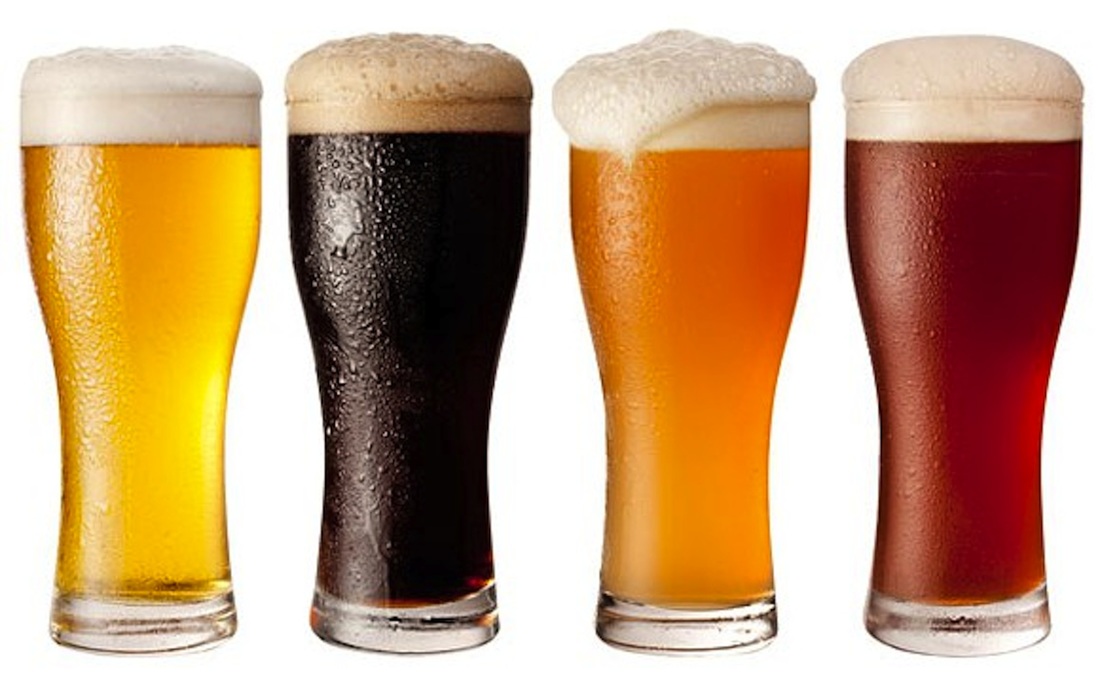
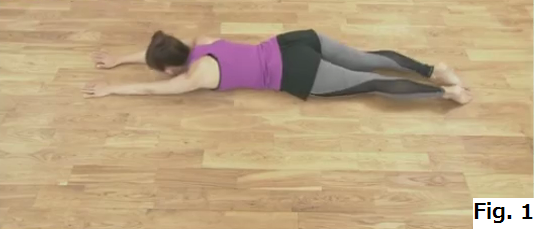
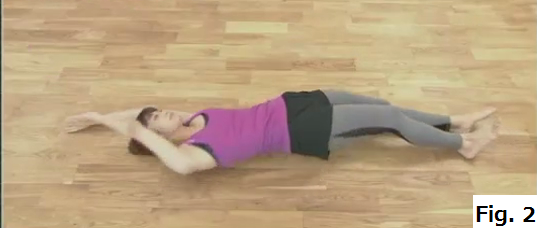

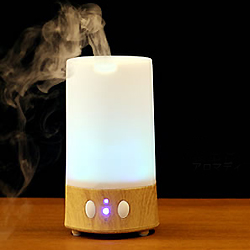
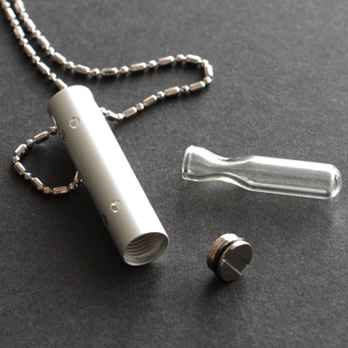
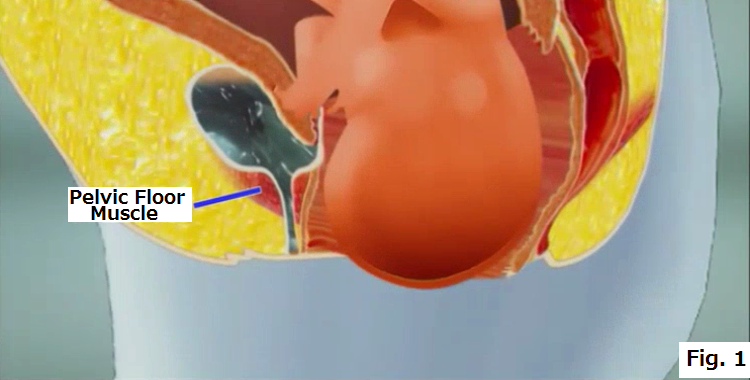
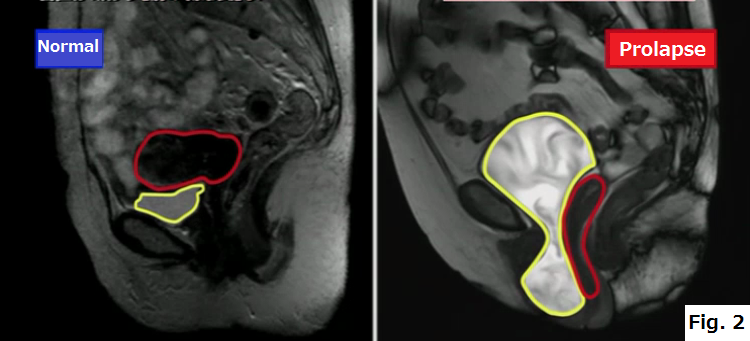
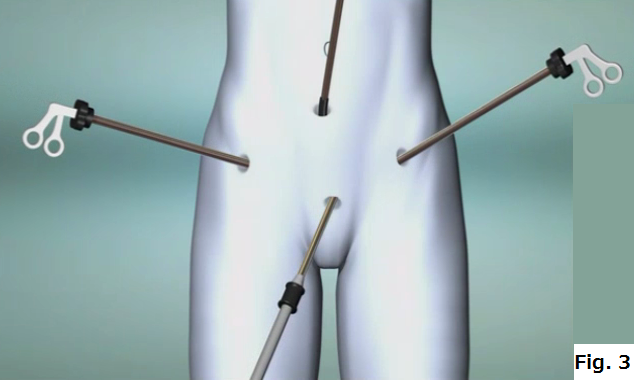
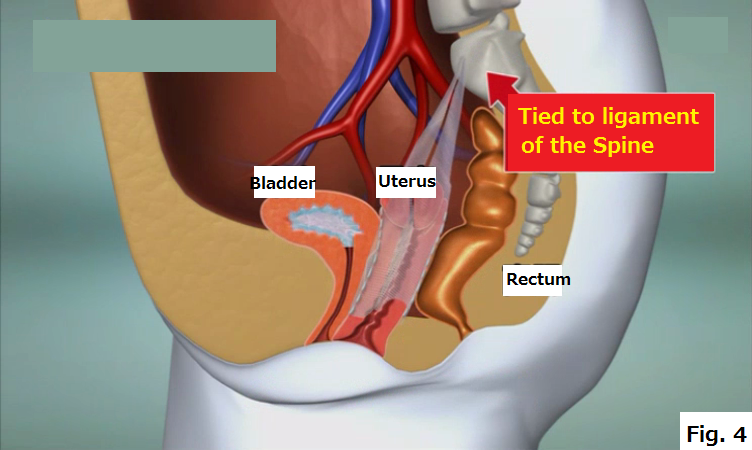
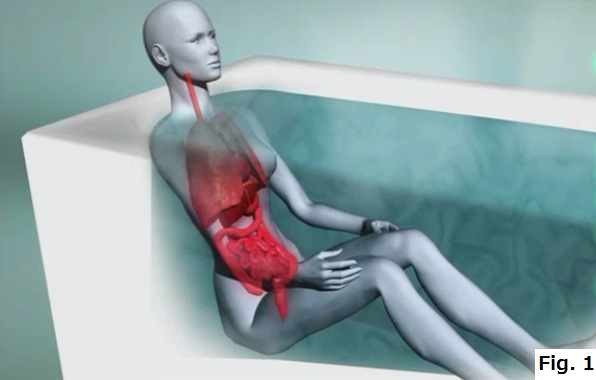
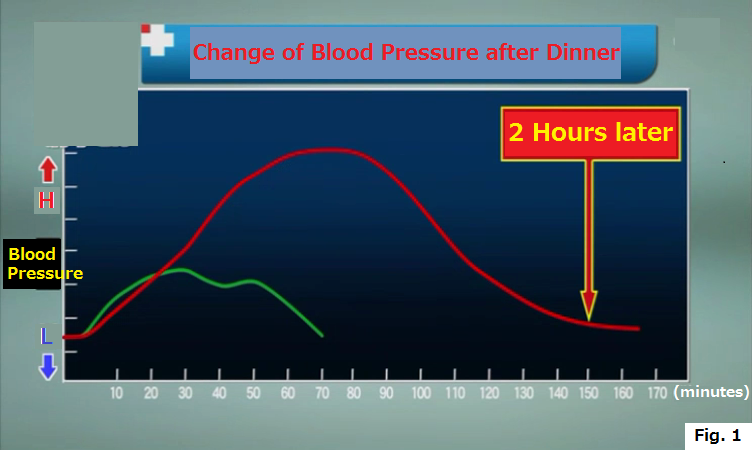
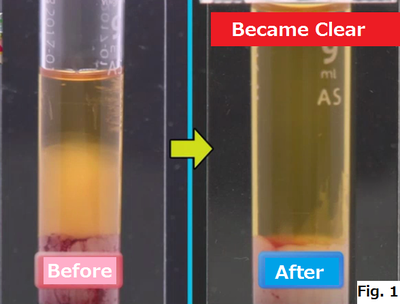
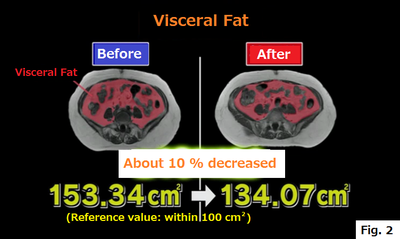
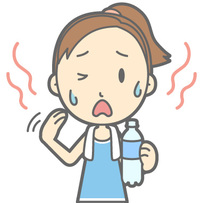
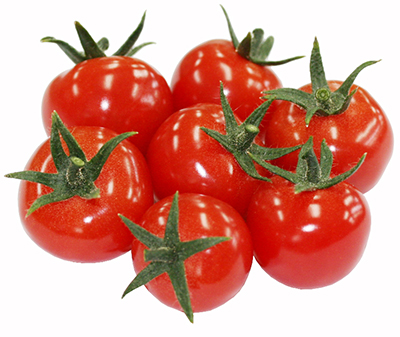
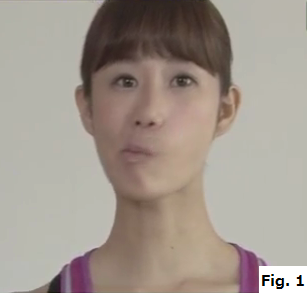
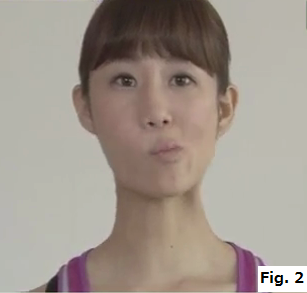
 RSS Feed
RSS Feed